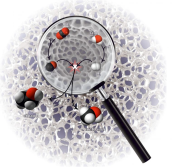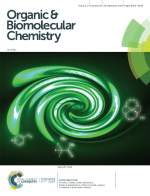
Hydrogen Bubble Templated Metal Foams as Efficient Catalysts of CO2 Electroreduction
The paper authored by
S. Vesztergom,
A. Dutta, M. Rahaman, K. Kiran, I. Zelocualtecatl Montiel and P. Broekmann
is published in ChemCatChem (2020, vol. 13, pp. 1039–1058).
Abstract:
The creation of open porous structures with an extremely high surface area is of great technological relevance. The electrochemical deposition of metal foams around co‐generated hydrogen bubbles that act as templates for the deposition is a promising, cheap and simple approach to the fabrication of new electrocatalyst materials. Metal foams obtained by dynamic hydrogen bubble templating (DHBT) offer an intrinsically high electrical conductance with an open porous structure that enables the fast transport of gases and liquids. As an additional benefit, the confined space within the pores of DHBT metal foams may act as small reactors that can harbour reactions not possible at an open electrode interface. The number, distribution, and size of the pores can be fine‐tuned by an appropriate choice of the electrolysis parameters so that metal foam catalysts prepared by the DHBT technique meet certain requirements. In this paper, we review the preparation of certain metal foams, and their applications as catalysts for the electrochemical reduction of CO2.
